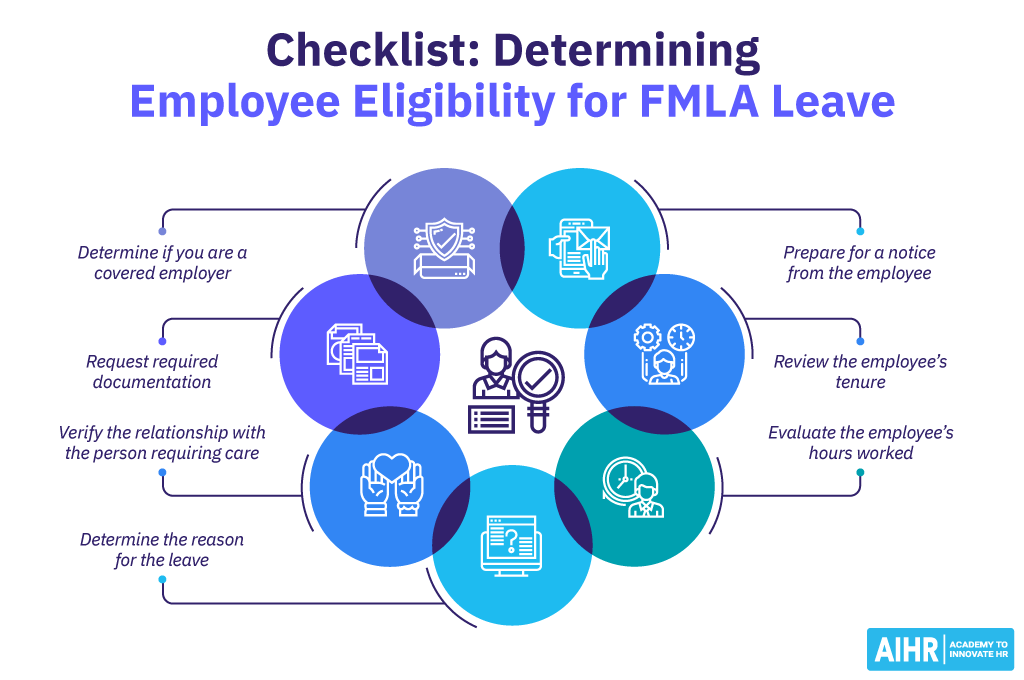Requesting County Lawsuit Paperwork: A Step-by-Step Guide

Initiating a lawsuit at the county level can be a daunting task for individuals and businesses alike, yet understanding the procedure can significantly ease the process. This guide provides a detailed overview of how to request county lawsuit paperwork, ensuring you are well-informed and prepared.
1. Identify the County Where the Lawsuit Will Be Filed

Before requesting any legal documents, you must first identify the appropriate county. This is determined by several factors:
- Where the defendant resides or is doing business.
- The location of the incident giving rise to the lawsuit.
- The county where the property is located in cases involving property disputes.
2. Research County Court Requirements

Each county has its own set of rules and forms for filing a lawsuit:
- Visit the county court’s website: Look for sections like ‘Court Forms’ or ‘Civil Cases’.
- Call the court clerk: If the website is not informative enough, contact the clerk’s office for guidance on specific forms and procedures.
3. Access the Correct Legal Forms

After pinpointing the county, proceed to acquire the necessary forms:
- Downloadable Forms: Often, courts offer PDF versions of forms on their websites. Ensure you download the correct forms related to your case type.
- Physical Forms: If not available online, visit the courthouse to obtain physical copies.
4. Fill Out the Forms Accurately

Accurate form completion is crucial. Here’s what you should do:
- Read Instructions: Carefully review any instructions provided with the form.
- Verify All Information: Double-check names, addresses, and any identifying information.
- Complete all Required Sections: Missing or incomplete sections can result in your filing being rejected.
⚠️ Note: Ensure you use only black or blue ink for signatures and enter information in a clear and legible manner.
5. Determine Filing Fees

Most counties impose a filing fee for initiating a lawsuit. Here’s how to handle this:
- Research Fee Schedules: Check the court’s website or inquire with the clerk about filing fees.
- Fee Waiver: If you qualify, you might be able to get a fee waiver. Obtain the waiver form and provide proof of financial hardship.
| Fee Type | Typical Fee Amount | Eligible for Waiver? |
|---|---|---|
| Initial Complaint Filing | 100 - 500 | Yes |
| Motion Filing | 30 - 100 | Yes, for indigent persons |
| Answer/Response Filing | 25 - 150 | Yes |

6. Submit the Forms

Once you’ve completed your forms and gathered the required fees, follow these steps:
- Visit the Courthouse: You need to appear in person to file your forms unless electronic filing is offered.
- Electronic Filing: If your county supports it, you can file online.
- Maintain Copies: Always keep copies of all documents submitted to the court.
7. Serve the Defendant

After filing, you must legally serve the defendant with the lawsuit:
- Use Sheriff or Process Server: Hire a sheriff or a private process server to serve the papers.
- Proof of Service: Submit a proof of service form to the court verifying that the defendant was served.
📝 Note: Serving the defendant correctly is crucial; failure to serve properly can result in your case being dismissed.
In summary, obtaining and filing county lawsuit paperwork involves several critical steps from identifying the correct county to accurately filling out and submitting legal forms. By following this guide, you can navigate this process with confidence, ensuring your case progresses smoothly. Remember, patience and attention to detail are key in legal proceedings to avoid potential pitfalls.
Can I file a lawsuit in any county?

+
Not necessarily. The choice of county depends on factors such as the defendant’s residence, the location of the incident, or where the property in question is located. It’s important to adhere to venue rules to avoid complications.
What if I can’t afford the filing fee?

+
Many courts offer fee waivers for indigent individuals. You’ll need to complete a fee waiver application and provide proof of financial hardship.
Is there an electronic filing option?

+
Some counties allow for electronic filing (e-filing). Check with your county court’s website or contact the clerk’s office to see if this service is available and to understand the requirements.
How can I know if my forms are filled out correctly?

+
Review all instructions carefully. If unsure, you can contact the court clerk, seek legal aid, or consider consulting a local attorney for a quick review.



